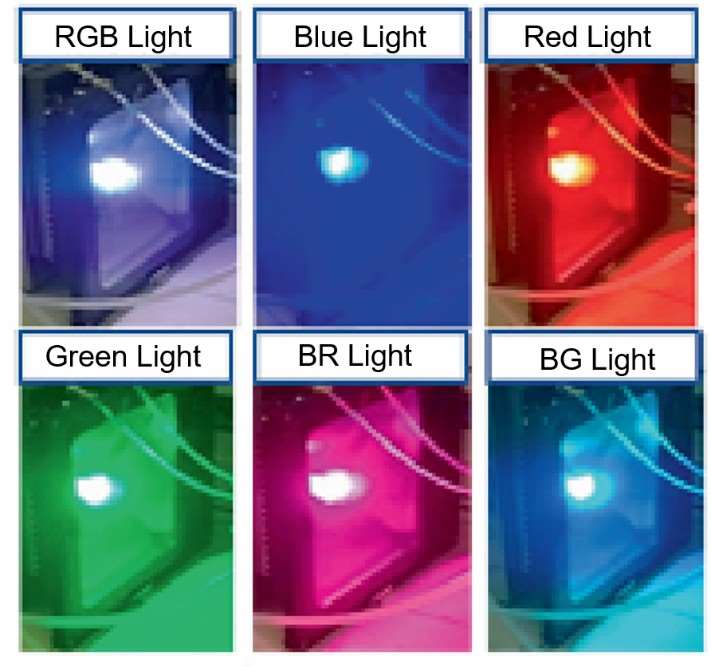Light Optimization Services for Algae Culture
Light, as an essential component in algae culture, is a rich source of energy and is essential for algae to convert inorganic carbon into organic molecules, enabling them to grow and gain energy.
As a professional CRO company, Lifeasible provides quality optimization services of light in algae culture to help you with your alga-related projects.
Light Spectra
Many studies have been performed on the impact of different light spectra on the growth and biochemical composition of brown algae. It was revealed that cells exposed to blue light had both higher growth rates and higher fucoxanthin content than the other light spectra (white, green, yellow, red, and far-red). Likewise, cultures of Chaetoceros calcitrans exposed to blue LED light showed an increase in astaxanthin content compared to the other light spectra (white, green, and red). Furthermore, in batch experiments with continuous illumination, an increase in DHA content under blue light compared to white, red and green light was reported.
Thus, different light spectra can be used to alter the growth and pigment/lipid content of microalgae. Treating algal cells with different light spectra can be used as a method to increase the productivity of algae.
 Fig.1 Illustration of applying different kinds of spectral light. (Gao, F., et al., 2021, Bioresource technology)
Fig.1 Illustration of applying different kinds of spectral light. (Gao, F., et al., 2021, Bioresource technology)
Light Intensity
Changes in incident light intensity altered the chlorophyll content of microalgae. The observed increase in chlorophyll content in microalgae grown at low light intensities may be due to light/shade adaptation for improved light energy utilization. To assess the potential of O. aurita to produce fucoxanthin, growth experiments were conducted at low and high light intensities. Under low light, O. aurita showed almost identical growth under two different concentrations of nitrogen, with the maximum biomass concentration of the culture occurring on day 10. Under high light, the cultures containing higher nitrogen concentrations grew faster, obtaining the maximum biomass concentration on day 10, which was about 50% higher than that of the low nitrogen cultures.
Light/Dark Photoperiod Cycle
It was found that the light/dark cycle is an important regulatory parameter in the algal culture process. Chlorophyll content was increased when cultured under 12:12 or 18:6 h light/dark cycles compared to continuous light culture (24:0 h) and 6:18 h cycles. The chlorophyll content reached its lowest level when A. falcatus was exposed to continuous darkness.
Our Services
Although the quality and quantity of light can be effectively tuned to optimize the production of microalgal pigments, the cost associated with light modulation in commercial setups remains quite high.
Lifeasible has specialized equipment to support the regulation of various properties of light and can screen for optimal conditions for culturing strains and increasing yields.
- Light Spectra
- Light Intensity
- Light/Dark Photoperiod Cycle
Why Choose Us

- Professional in Algae Culture
- Most Cost Effective in Industry
- Global Leader of Algae Culture Condition Optimization
Lifeasible is glad to share our experience and technology with you and help you screen for the best-fit algae culture light condition. Please contact us for more information.
Reference
- Gao, F., Woolschot, S., Cabanelas, I., Wijffels, R. H., & Barbosa, M. J. (2021). Light spectra as triggers for sorting improved strains of Tisochrysis lutea. Bioresource technology, 321, 124434.
Our services are for research use only and not for any clinical use.